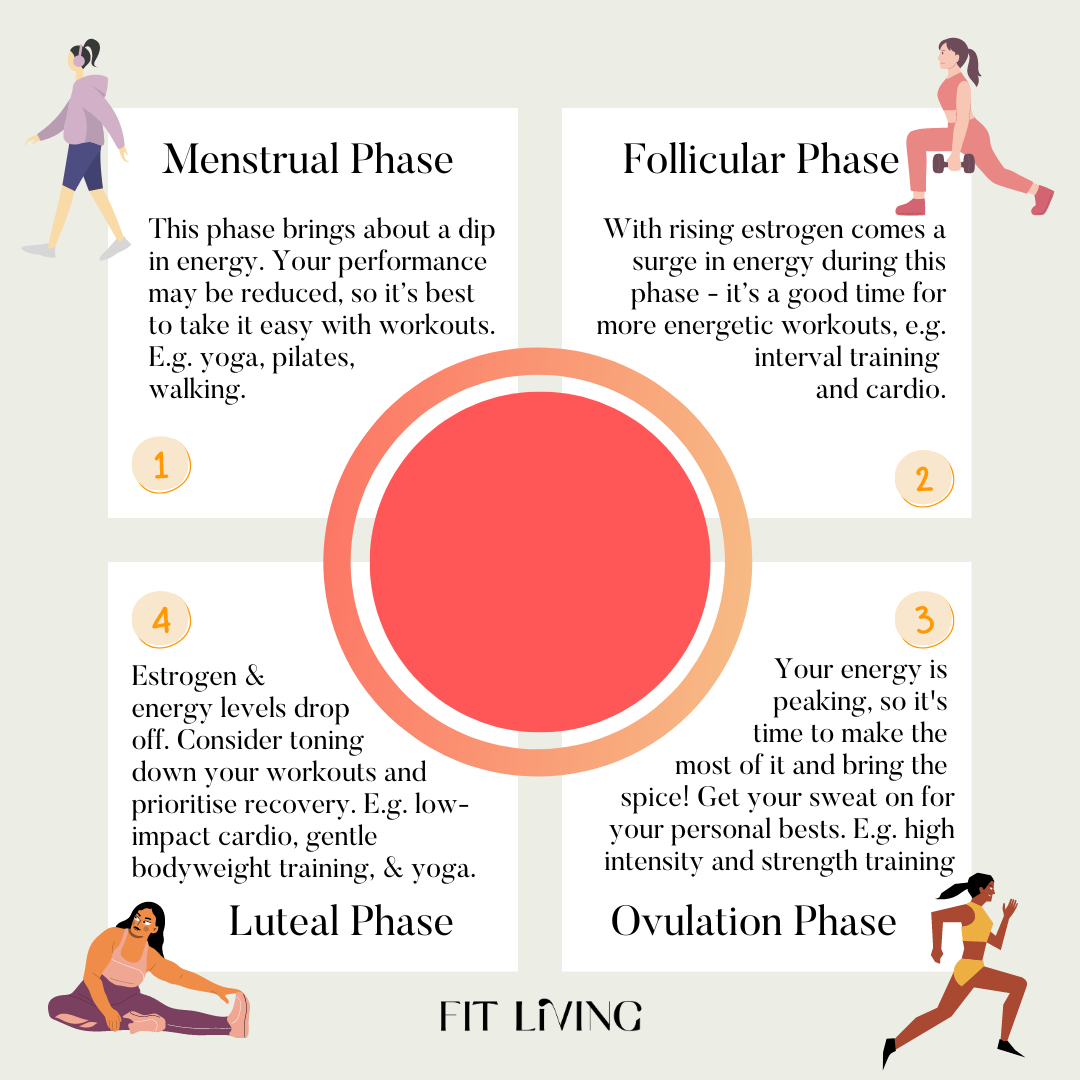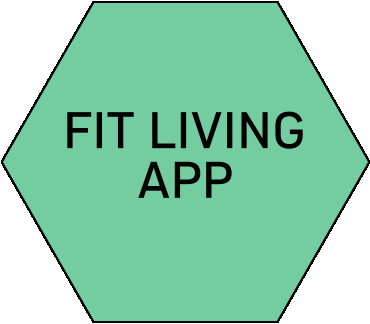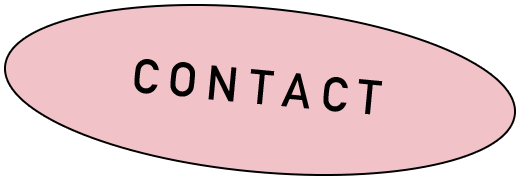
For most of us women, our periods are a monthly reminder that our bodies are hardwired into our hormonal changes, and our hormones have a huge influence on our mood (hello shark week), our energy levels, how we feel about ourselves, our hunger levels, our sleep quality, and so much more!
I thought we could talk a little about how your menstrual cycle affects exercise and how to optimise your workouts at each stage of your cycle, working with our bodies.
This is especially beneficial if you enjoy exercise, but find you have more energy or motivation at certain times of the month (which is normal for us all), perhaps considering your workouts to match your menstrual phases might help. That being said, we are all different and each cycle is different too.
For instance, some months I feel great during my menstrual cycle and I am happy to lift heavy, while other months I couldn't be bribed into lifting weights. 🏋️♀️ I really cannot stress enough, that it is really important to learn to listen to your body, learn about your cycle and begin to work with your energy levels rather than pushing yourself through workouts when you need rest.
There are four main phases of a menstrual cycle: menstruation (your period), follicular, ovulation, and luteal (PMS week). Each phase initiates changes in your body, from hormonal and energy shifts to physical and mental symptoms. Thanks to fluctuations in estrogen and progesterone, you might feel changes in strength, performance, and recovery time when it comes to exercising across your menstrual cycle.
Here’s some suggestions on how to exercise efficiently during each stage of your menstrual cycle...
1. Menstruation phase: Low to moderate intensity
The menstruation phase (your period) brings about a dip in energy. Your exercise performance may be reduced during this phase, so it’s best to take it easy when it comes to your workouts. Some of the best exercises you can do to stay active while on your period include:
Yoga. practicing yoga can help soothe period cramps. There are plenty of yoga styles that can help you reach your goals, but when you’re in the menstruation phase, passive and relaxing style of yoga might be best.
Pilates. Similar to yoga, Pilates is touted for reducing pain and promoting relaxation, which is ideal for your menstruation phase.
Walking. There are many advantages to walking, but when you're menstruating it can be particularly beneficial. Think improved circulation and feel-good endorphins that can help reduce period cramps. It's also a bonus for your mental health as a whole when you're out spending time in nature and getting some fresh air.
Laying in a ball. This form of exercise is best known as rest and is sometimes the only appropriate level of exercise available. Listen to your body!
2. Follicular phase: Interval and strength training
The days overlapping your period and leading up to ovulation represent the follicular phase (around days 1–13 of an average cycle). With rising estrogen comes a surge in energy during the follicular phase, meaning it’s a good time to try some more energetic workouts, such as interval training and cardio. Interval training involves alternating between high-intensity movements and rest periods or low-intensity movements. Here are a few types of interval training you could try:
High-Intensity Interval Training (HIIT). Short bursts of high-intensity exercises are followed by short periods of rest or low-intensity exercises.
Tabata. If you want to up the spice, Tabata is a style of HIIT that follows 20 seconds of high-intensity exercise followed by 10 seconds of rest for multiple rounds - making it an ideal endurance exercise.
Interval running or cycling. Adding intervals to your running or cycling workouts can help build endurance!
There is also evidence suggesting that estrogens are beneficial to muscle strength in women. This means that your follicular phase is a great time to strive for gains with strength training! This is a great time to take advantage of the rise in estrogen and go for a PB!
3. Ovulation phase: High intensity and strength training
During this phase, your energy is peaking, so it's time to make the most of it and bring the spice! Ovulation tends to occur around the middle of your cycle (averaging between days 13 and 15) and these are the days you can get your sweat on for your personal bests.
High-Intensity Interval Training (HIIT). As mentioned above, HIIT workouts are great for those high intensity days where you're feeling good and ready to work
Strength training. This is also a great time to grab those weights and get yourself feeling like your strongest best self.
4. Luteal phase: Low to medium intensity and recovery
Occurring after ovulation and lasting until your next period, the luteal phase sees estrogen dropping off along with your energy levels. Rising progesterone may cause increased body temperature, fluid retention, and bloating, so toning down the intensity of your workouts and prioritising recovery is usually a good idea. The luteal phase is a good time to enjoy low-impact cardio, gentle bodyweight training, and yoga. It is also worth noting that during this period you will have more cravings and adding more energy rich foods to your diet will help you throughout this period (pun intended). Here are a few ideas to get you started:
Take it easy with bodyweight training. The great thing about bodyweight training is you can take it at your own pace and meet your limits without overexerting yourself.
Low-impact cardio. Swimming or cycling are a great low impact cardio and can be taken at your own pace!
Walking/yoga. Again, as mentioned for phase one, the ovulation phase, things like walking and yoga are also good movement options in this final phase too!
Remember:
While scientific research into women’s energy and performance levels across the menstrual cycle is limited, there is still evidence to suggest a correlation. You may notice that your levels of strength, motivation, and energy fluctuate across your own cycle. If so, this advice can help you make the most of your workouts at each stage of your menstrual cycle.







